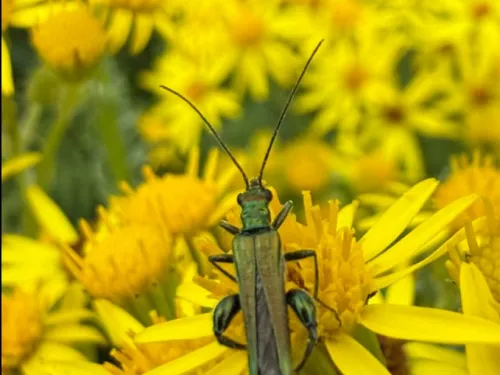
August on Hothfield Heathlands: Tree pipits and ragwort
Pigs and tree pipits have returned to Hothfield Heathlands. Long-time volunteer Margery Thomas explores more in this blog.
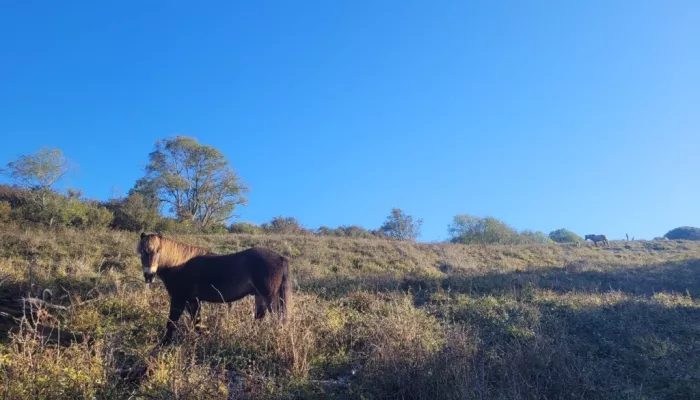
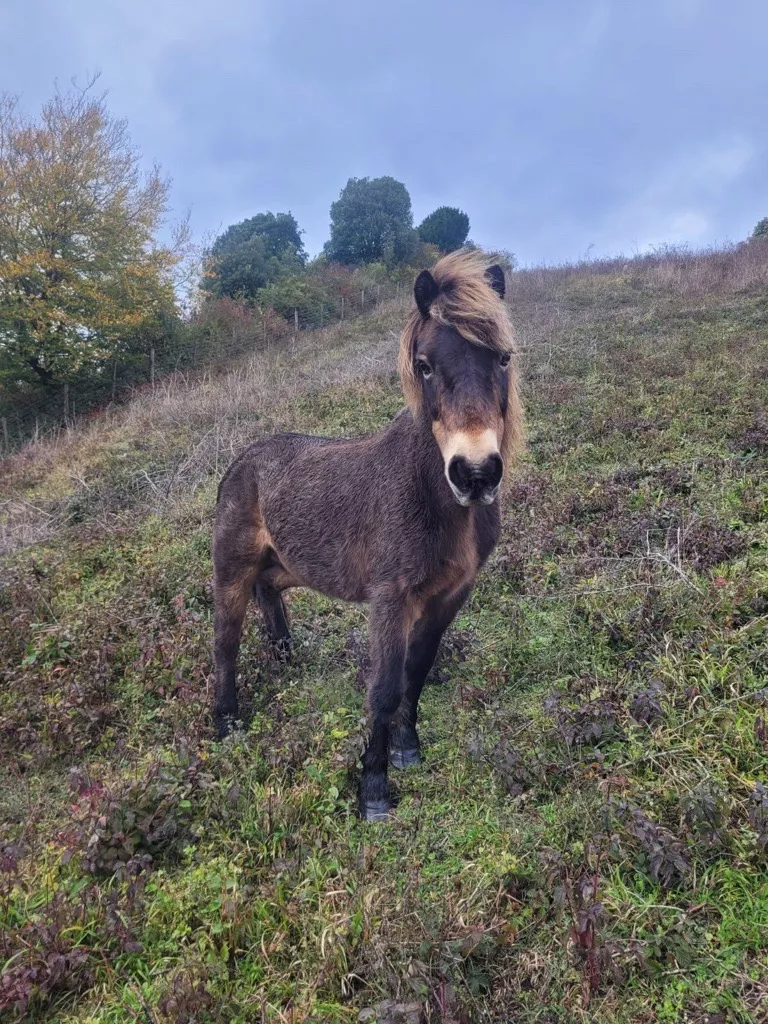
The plucky pony spends his days with other conservation grazing ponies at Wouldham Nature Reserve, browsing and munching on whatever he comes across. Exmoors are a hardy British native pony breed, able to live out all year round without the need for a stable or rug. They are incredibly versatile and love to eat thick and coarse vegetation like bramble, thistle and gorse, which, if left, can overwhelm the landscape.
Their small, sharp hooves create bare ground and vital edge habitat in heathland, which can support rare invertebrates, birds, and low-growing plants. They also avoid close contact with people, so co-exist well alongside visitors to reserves.
The Exmoor pony is steeped in history, and the breed is even mentioned in the Doomsday Book. The rangers joke that Tawny is so old he probably featured in the great survey of 1086!
Kent Wildlife Trust’s Alison Ruyter said: “Tawny represents decades of commitment by the Trust to use Nature-based Solutions to create thriving habitats for wildlife and whilst we treat our animals as wild and doing an important job, it is hard not to be fond of those who have been with us for since the beginning of our journey.
“Across our reserves, we use mixes of old breeds of grazing, browsing and rootling animals to mimic natural processes. These grazing animals act in similar ways to the large grazers that used to live wild in Kent but are now extinct, such as aurochs, elk, and bison. When used as a conservation tool alongside deer and wild boar, they have an almost symbiotic relationship with their surroundings.
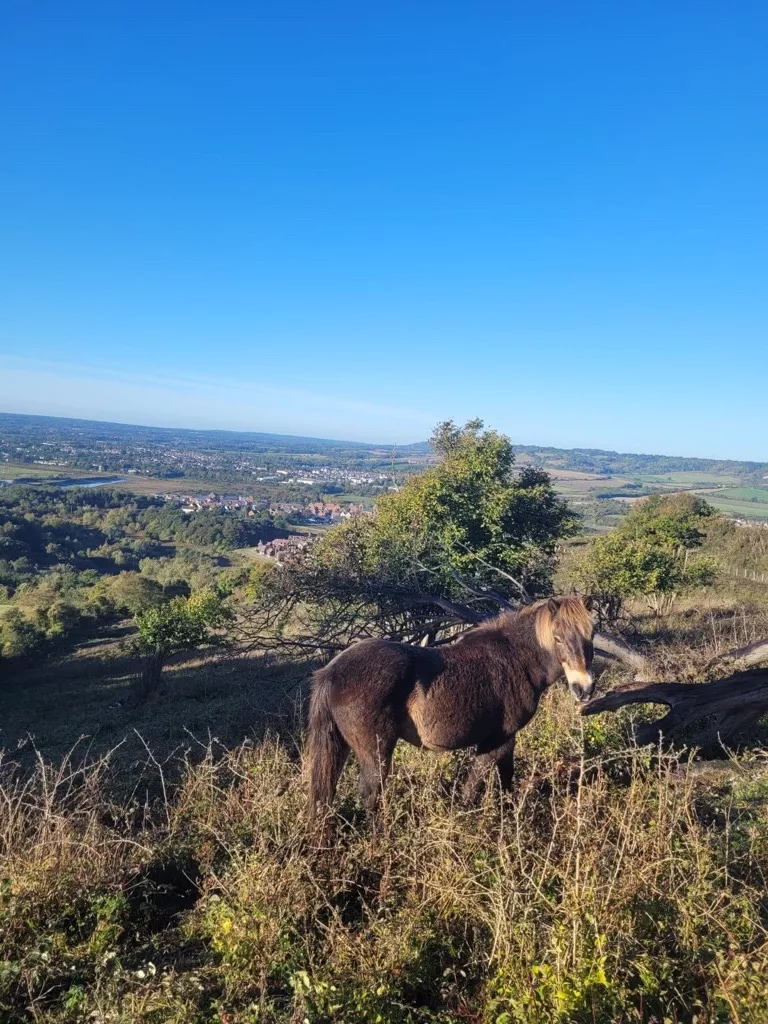
"Whilst our animals are free-roaming, their welfare remains at the heart of what we do. They are all seen daily by an army of volunteer livestock checkers who monitor their condition and report back if there are any concerns. If an animal requires additional assistance, we provide it."
With over 800 grazing animals across our reserves, it is important visitors act responsibly by keeping their distance from them, never approaching or feeding them, and ensuring dogs are kept on a lead at all times. By respecting this code of conduct we can coexist to the benefit of wildlife.
Restoring ecosystems sustainably requires ecosystem-scale action.

Pigs and tree pipits have returned to Hothfield Heathlands. Long-time volunteer Margery Thomas explores more in this blog.
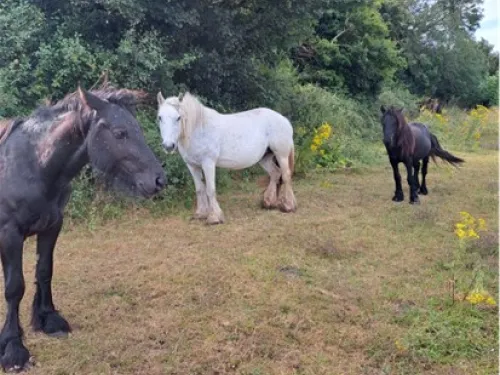
Wilder Grazing Ranger Volunteer Trainee, Ellie Edmondson, talks about the fell ponies on our reserves and what makes them great conservation grazers.
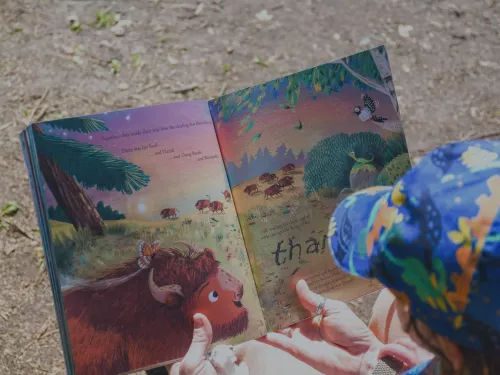
Check out our list of ten brilliant nature-themed books for children, all sorted by recommended reading age for ease of browsing!